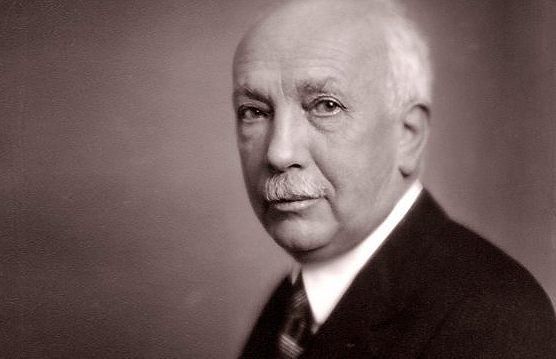
There seems to a growing tendency amongst the great unwashed, especially the younger ones, to describe any piece of music as a “song”. I have seen expressions such as “Beethoven Fifth Symphony is my favourite song.” This is linguistic nonsense of course and at the risk of stating the blindingly obvious, a song is something that is sung, not played.
Songs written by classical composers (and here I use the word “classical” in its loosest sense) are fundamentally different from songs in popular and folk cultures. For a start art songs, as they’re often called, are nearly always written for voice and piano, but more importantly they’re musical settings of poems which previously existed in their own right. More often than not, art songs are intended for “a classical recital in a relatively formal social occasion”. The last bit is quoted from Wikipedia, because it rather neatly sums it all up and saves me the bother of coming up with a decent definition.
Although art songs had been written for centuries, notably by the Elizabethan composers John Dowland and Thomas Campion, the Great Age of Song occurred in Germany during the nineteenth century which is why the German word “lieder” (LEE-duh) is often used to describe them. The enormous flowering of Germanic romantic poetry provided perfect conditions for the art song to flourish. And flourish it did, especially in the hands of Franz Schubert who wrote over six hundred. Schubert also developed the idea of the song cycle – a collection of individual numbers loosely linked through some kind of non-musical idea. One of his most well-known Winterreise (Winter journey) springs to mind, a collection of twenty-four songs based on separate poems with a common theme.
The nineteenth century saw orchestral music becoming increasingly popular in Europe. This was partly because more orchestras were appearing in the burgeoning cities and others were slowly shifting from the royal courts to public concert halls. Some composers who had written song cycles for voice and piano arranged their work for voice and orchestra. Of course, the concept of voice with orchestra wasn’t particularly new because it was well-established in opera.
I’m guessing here, but I wouldn’t mind betting that this is probably the first example of a collection of songs for voice and orchestra, paving the way for the great works for voice and orchestra by Gustav Mahler and Richard Strauss. Summer Nights is a setting of six poems by the French poet and fiction writer Théophile Gautier. Berlioz originally composed the work for voices and piano but in 1856 he wrote the full orchestral score which is the version usually heard today. The music is charming, attractive and typically French.
If some of the woodwind instruments strike you as looking a bit odd, it’s because this orchestra uses period instruments. Founded in 1982 by its conductor Marc Minkowski, the ensemble seeks to get closer to the original sound by using original instruments whenever possible. What we hear on this excellent recording must be pretty close to what Berlioz had in mind and there’s a lightness of sound and touch that captures the essence of this delightful music.
Richard Strauss had an enormously successful career as a composer of orchestral works and operas and he was a master orchestrator and conductor. In 1948, he became captivated by a poem by Josef von Eichendorff. It was entitled Im Abendrot (In the Evening Glow) and Strauss converted it into a song for voice and orchestra. Within five months it was followed three more which became known as the Four Last Songs, because they were written less than a year before his death. They contain some of the composer’s finest music, brilliant orchestral colours, a palette of rich sumptuous harmonies and glorious soaring melodies. The Four Last Songs were to be his epitaph.
His last wish was that they were to be given their first performance by the great soprano Kirsten Flagstad but Strauss died only eight months before his wish came true. The premier was in London’s Royal Albert Hall in May 1950 performed by Flagstad and accompanied by the Philharmonia Orchestra with the legendary Wilhelm Furtwängler conducting. The song Im Abendrot is radiantly lyrical, and must be one of Strauss’s finest creations. Someone once wrote that this remarkable work “touches the soul”. The last verse reads, “O vast, tranquil peace, so deep in the sunset! How weary we are of wandering…Is this perhaps death?” Anyone with dry eyes at the end of this emotionally-charged performance surely must have a heart of stone.
 |
 |
 |




